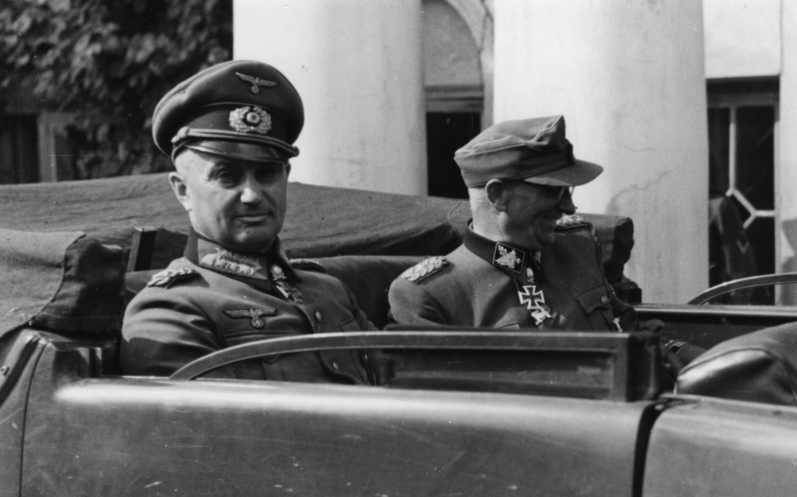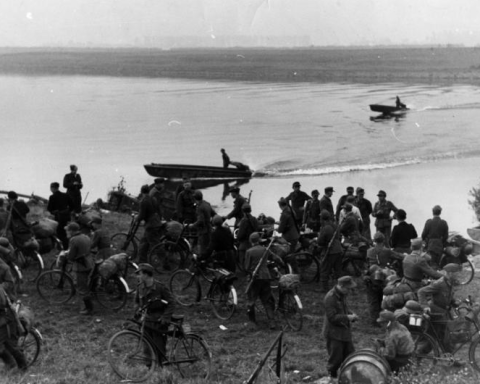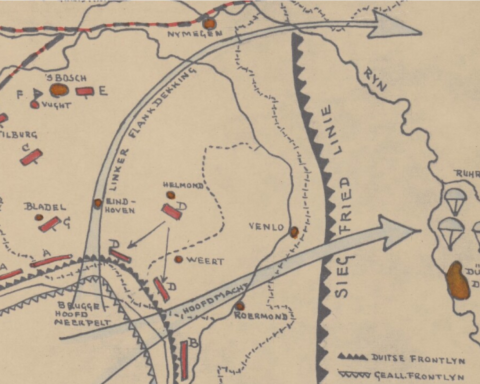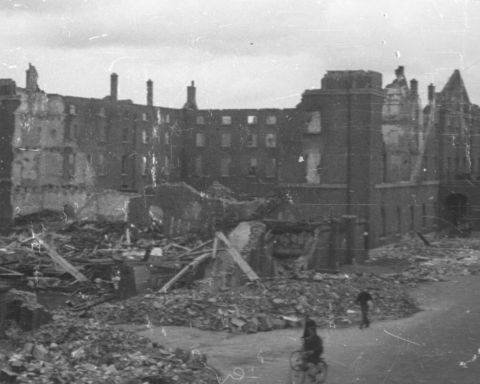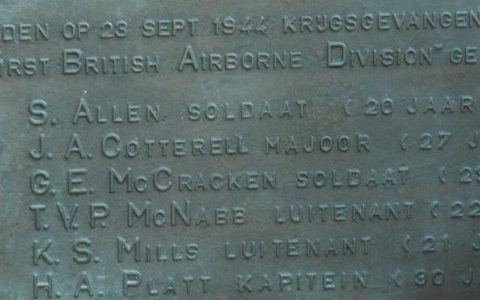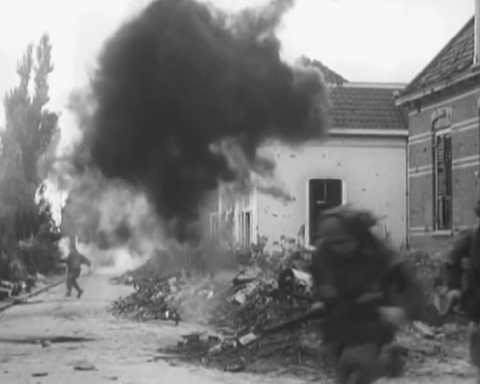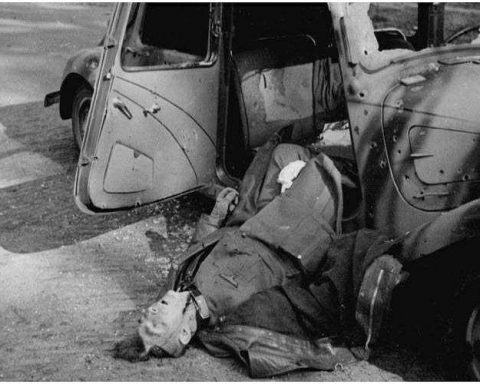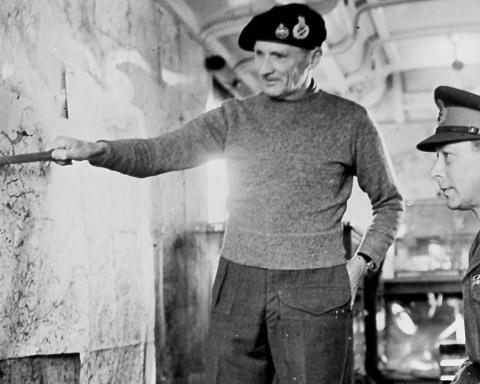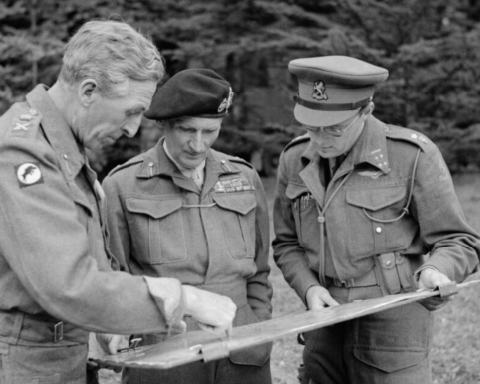It was a complete coincidence, but one of the highest German military commanders on the Western Front had its headquarters just a few miles from the British landing zones.
German Field Marshal Walter Model led Army Group B, and was responsible for all German troops between the North Sea and Northern France. A few days before the start of Operation Market Garden, Model had moved his headquarters to Oosterbeek. He himself had moved into Hotel de Tafelberg on the Pieterbergseweg in Oosterbeek. His staff had moved into the nearby Hotel Hartenstein.
Walter Model was nicknamed “Hitler’s Fireman” in the last year of the war. Model was a defensive-minded soldier with an extraordinary talent for improvisation. When the German front threatened to collapse somewhere, Model was used to prevent worse.
In the first half of 1944, Model commanded one of three army groups on the Eastern Front in Russia. In August, Model was transferred to France by Hitler. The main task that Model was given was to restore the German front line and stop the Allies who had just broken through from Normandy.
Because the Allies were forced to halt in early September 1944 due to long supply lines, Model was given time to reorganize and restore the German lines.
On September 14, 1944, Model moved his headquarters to Oosterbeek, more than 100 kilometers behind the front. The staff at Model’s headquarters were very pleased with the lovely and peaceful Oosterbeek. It seemed that they could finally stay here for a longer period of time.
But not everyone at German headquarters was fooled by the deceptive peace at the front.
“We expect a great offensive from the enemy every day,” Oberstleutnant Fullriede wrote in his diary on September 15, for example.
That prediction turned out to be correct. A few days later, Model with his headquarters was forced to leave Oosterbeek head over heels.
In the morning of Sunday, September 17, it was clear to the Germans in the Arnhem region that something big was about to happen. Allied bombers had attacked various targets in Arnhem, Oosterbeek, Wolfheze, Huissen and Westervoort. The anti-aircraft guns around Arnhem and at the Rhine Bridge had been bombed by the Allies.
As a result of the bombing, the Germans sensed that something was imminent. All German troops in the area had therefore been placed on the highest alert.
The first British paratroopers landed at 1.30 pm. At 1.40 pm, a report of the landing of “enemy troops” was reported to Walter Model’s headquarters.
In the meantime, Model himself had already been surprised to see the low-flying Allied transport aircraft from his headquarters.
According to British writer Antony Beevor, Models chief-of-staff, Generalleutnant Hans Krebs, shouted at the time, “This will be the decisive battle of the war.”
Model simply replied, “Don’t exaggerate like that. It’s clear. Get to work.”
All army units were immediately notified by telephone of the airborne landings. The Germans had not yet figured out that the purpose of the landings was the bridges over the Rhine.
Model was convinced that the airborne landings were intended to capture him, the highest German soldier in the area.
After all units were called, the headquarters was quickly abandoned by Model and his staff. According to General Bittrich, that departure was somewhat panicky.
“Model ran to his bedroom and stuffed his things into his suitcase. He rushed down and crossed the street. His suitcase fell open and all of his underwear were across the street. Helped by his men he got them together a second time and ran off. ”
A German major who cycled on the street in Oosterbeek was stopped shortly after this incident by a group of staff cars. A senior soldier in a flawless leather jacket leaned out of the front staff car and asked, “How do we get to General Bittrich’s headquarters?”
After the German major showed the soldier the way to Doetinchem and the cars drove on, the major realized that the soldier who asked him for directions was none other than Walter Model.
Around three o’clock Model arrived at Bittrich with his staff.
“I’m looking for a new headquarters,” he said. “They almost caught me.”
The old German headquarters in Oosterbeek was taken into use shortly afterwards by the British. Hotel Hartenstein served as headquarters, while Hotel de Tafelberg was used as a dressing station.

